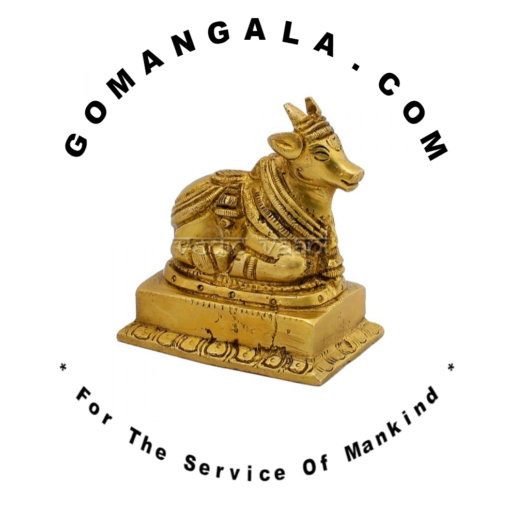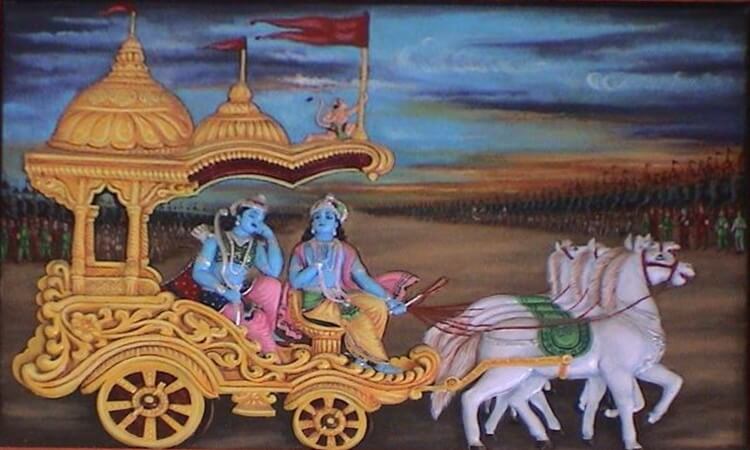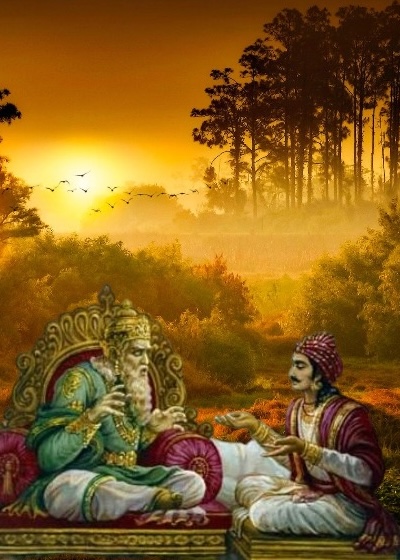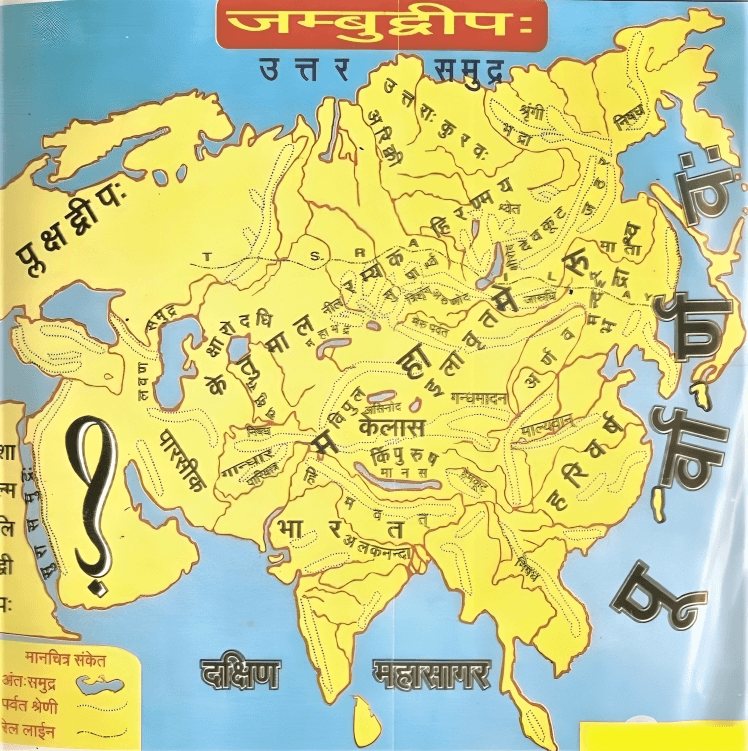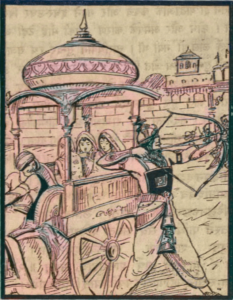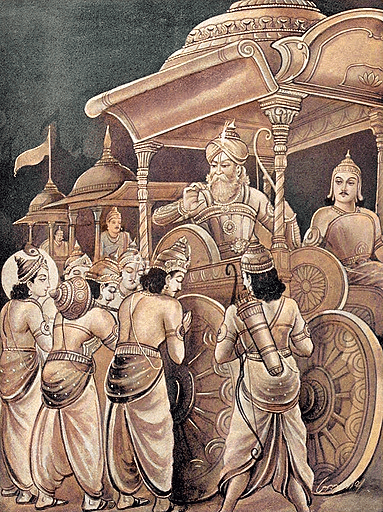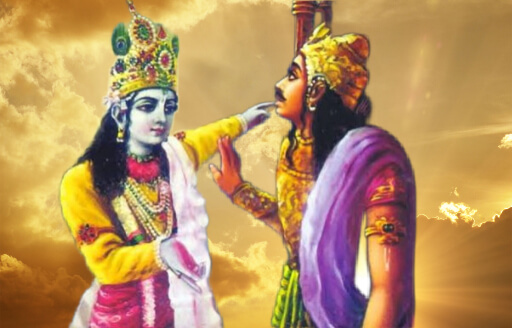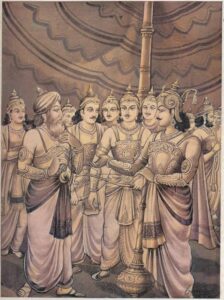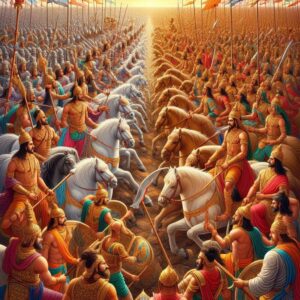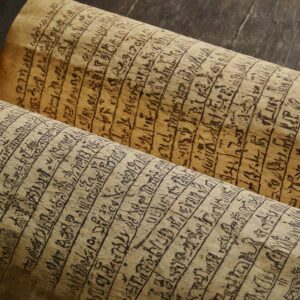Bhishma Patana Parva is the sixty fourth Upa parva included in the sixth Maha parva named as Bhishma parva. Vaishampayana continued narration to Janamejaya in reply to his queries as follows.
How Yudhishtira had responded to Bhishma and Drona before the war?
Yudhishtira had got down from his chariot, removed his armored jackets with shoes, and started walking towards Bhishma. His brothers started asking what he wished to do, but when Arjuna also got down from his chariot, Krishna was very happy, nodding his head, as he knew Yudhishtira was doing right. With both hands folded together, Yudhishtira openly sought the blessings of Bhishma for success in the war. The Pandava brothers repeated what Yudhishtira had done. Bhishma had blessed all the Pandava brothers to get success in the war.
Then, Yudhishitra had started walking towards Drona. His brothers started asking again what he wished to do, but when Arjuna also followed Yudhishtira, Krishna was very happy, nodding his head, as he knew Yudhishtira was doing right even now. With both hands folded together, Yudhishtira openly sought the blessings of Drona for success in the war. The Pandava brothers repeated what Yudhishtira had done. Drona had blessed all the Pandava brothers to get success in the war.
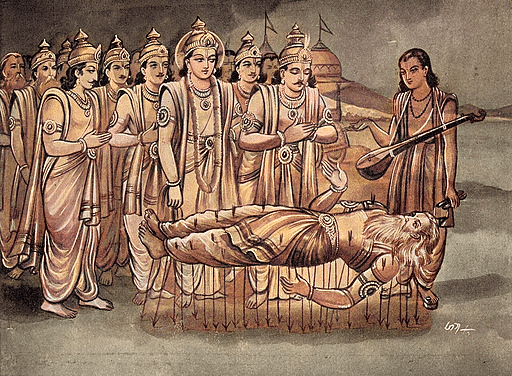
Why Krishna and most of the opposite side kings praised Yudhishtira?
The blessings of the eldest brings courtesy and success in the work. Also, the blessings of the teacher brings courtesy and success in the job. Hence Krishna and most of the opposite side kings who stood with righteousness had praised Yudhishtira for his actions before starting the war.
What was the option offered by Yudhishtira before the start of the war?
Yudhistira had announced the option for the willing individuals to change the side of the armies if they desire before the actual start of the war. Nobody had left from the side of Yudhishtira, but Yuyutsu, the youngest of the Kaurava brothers had left Duryodhana side and joined the side of Yudhistira.
Continue reading